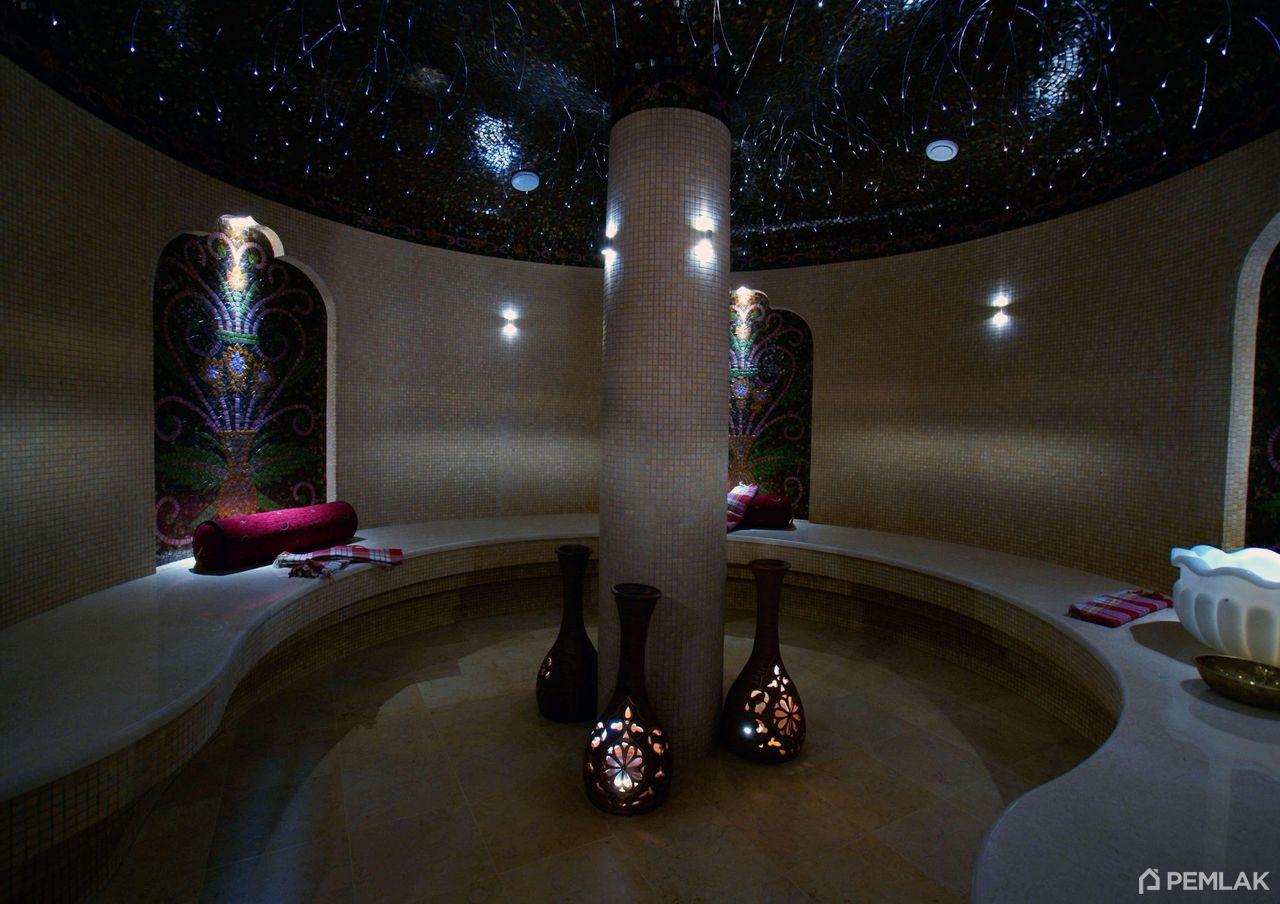From hammams to modern spas: how Istanbul kept warm in winter

Winter in Istanbul is a special time, when the cold wind off the Bosphorus and rare snow days bring a sense of coziness and quiet to the city. For centuries, the inhabitants of this unique city have found ways to keep warm by combining practicality and culture. One of the main symbols of warmth and relaxation were the hamams, or Turkish baths, which later evolved into modern spas.
Hamams: from Roman thermae to Ottoman baths
The history of hamams goes back to the Roman thermae, which were popular in ancient Byzantium. With the advent of Islam, the tradition of baths was transformed, taking on a new cultural meaning. Turkish hamams became not only a place of body cleansing, but also an important part of social life. In Ottoman Istanbul, hamams were often built next to mosques and markets, becoming centers of social interaction.
Architecture and atmosphere
The traditional hamam was built of stone or marble and included several rooms with different temperatures. The main hall, decorated with a dome with small holes for light penetration, served as a place for relaxation and treatments. Water in hammams was supplied from marble pools, and heat was created thanks to underground furnaces.
The winter role of hammams in the lives of Istanbulites
Winter was a time when hammams became particularly popular. The people of the city sought warmth and comfort in these steamy halls. Visiting a hamam was a ritual: first the body was warmed up in a warm room, then cleansed with foam and massages.
Social and cultural significance
For women, hammams were a place of socializing, where they discussed the latest news and prepared for weddings and other celebrations. Men, on the other hand, used hammams as a place for business meetings and relaxation after work. During the winter months, hammams provided a sense of comfort and protection from the cold.
Modern spas: the evolution of tradition
As technology evolved and lifestyles changed, traditional hammams began to give way to modern spas. Today, spa hotels and apartment complexes offer updated versions of the ancient ritual.
Modern amenities
Modern spas combine traditional elements of the Turkish bath with innovative technology. Here you can find:
- Warm pools with whirlpools.
- Infrared saunas and steam rooms.
- Various types of massage, including classic Turkish massage.
- Aromatherapy and hydrotherapy.
Modern real estate with hammams
The presence of a spa center or hammam in a residential complex is an indicator of luxury and comfort. In Istanbul, many luxury residential projects include hammams, offering residents the opportunity to enjoy warmth and relaxation at any time of the year. The winter months make such amenities especially sought after.
Examples of residential complexes
- Koşuyolu Koru Evleri - a luxury residential complex with modern spa areas.
- Alya Dream - includes luxurious hammams and swimming pools.
- Referans Besiktas - a residential project where tradition and innovation are harmoniously combined.
The transition from hammams to modern spas reflects Istanbul's unique ability to preserve its traditions while adapting them to the demands of the modern world. In winter, when the cold shrouds the city, hammams and spas remain symbols of warmth, comfort and relaxation. Whether it is a historic bathhouse or a state-of-the-art spa complex, these places continue to bring people together and give them comfort.
PEMLAK is your guide to Turkish real estate!
From the ancient streets of Istanbul to the picturesque coasts of Antalya, we have everything to help you find your perfect home in Turkey.
Comments 0







